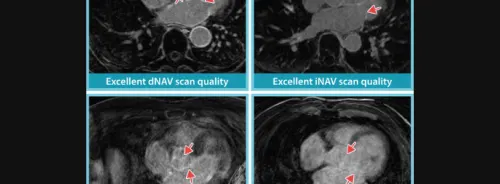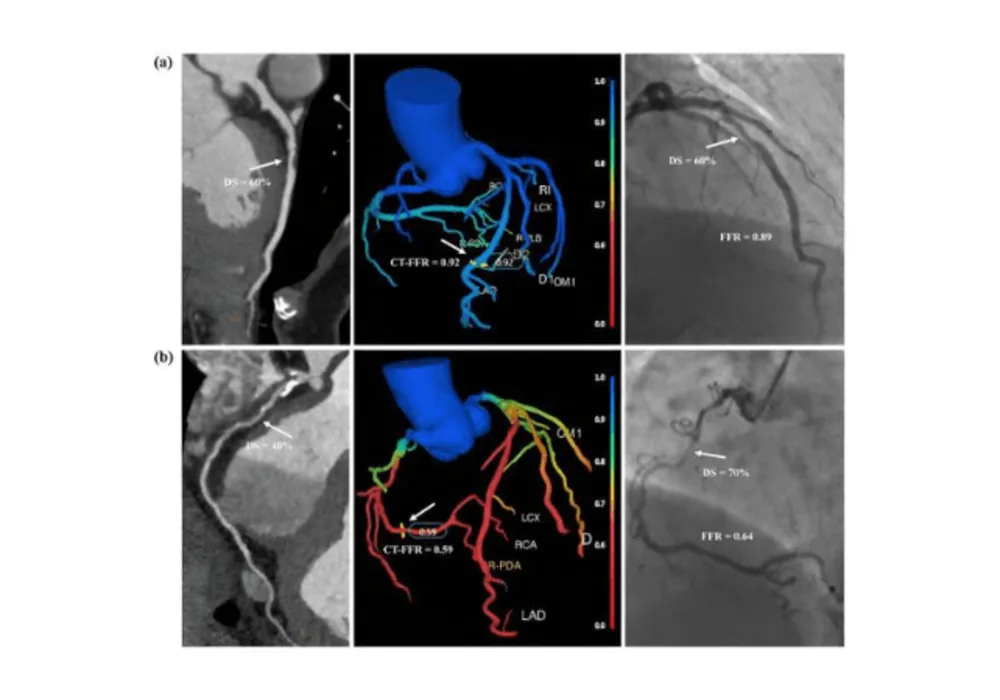Coronary CT angiography (CCTA) is commonly used to detect coronary stenosis and plaque but lacks functional information that is important for treatment decisions. Invasive fractional flow reserve (FFR) is the gold standard for assessing haemodynamic significance, but its use is limited due to invasiveness and costs. Noninvasive FFR estimation from CCTA images has emerged as a promising alternative. Various techniques exist but often require off-site processing and manual editing, limiting their clinical utility. Recent advancements in deep learning have enabled fully automated, on-site CT-FFR calculation, potentially overcoming these limitations. However, the diagnostic performance and prognostic value of this approach remain unclear.
A new study developed and evaluated a fully automated CT-FFR technique's feasibility, diagnostic performance, user-friendliness, and prognostic value in patients with chronic coronary syndromes and acute chest pain. Professors Long Jiang Zhang and Guang Ming Lu from the Department of Radiology at Jinling Hospital, affiliated with Nanjing University Medical School, led a three-stage study assessing the diagnostic and prognostic performance of a fully automated CT-FFR technique.
The initial cohort evaluated 463 patients and 600 coronary vessels with CCTA images following invasive FFR results for diagnostic accuracy and user-friendliness. The CT-FFR technique demonstrated a sensitivity of 0.84, specificity of 0.81, and accuracy of 0.82 for identifying functional myocardial ischaemia on a per-patient basis and a sensitivity, specificity, and accuracy of 0.80, 0.83, and 0.82, respectively on a per-vessel basis. Compared to manual-dependent CT-FFR software, the fully automatic CT-FFR demonstrated significantly reduced calculation time (less than 4 minutes) and required only one mouse click for analysis.
In cohorts 2 and 3, comprising 901 participants with chronic coronary syndromes and 157 participants with acute chest pain, respectively, positive CT-FFR results were associated with worse outcomes compared to negative results in both groups.
This study introduces the first reported fully automatic CT-FFR technique, showcasing comparable diagnostic performance to existing techniques such as HeartFlow and Siemens CT-FFR.
Source: Science China Press
Image Credit: Science China Press






